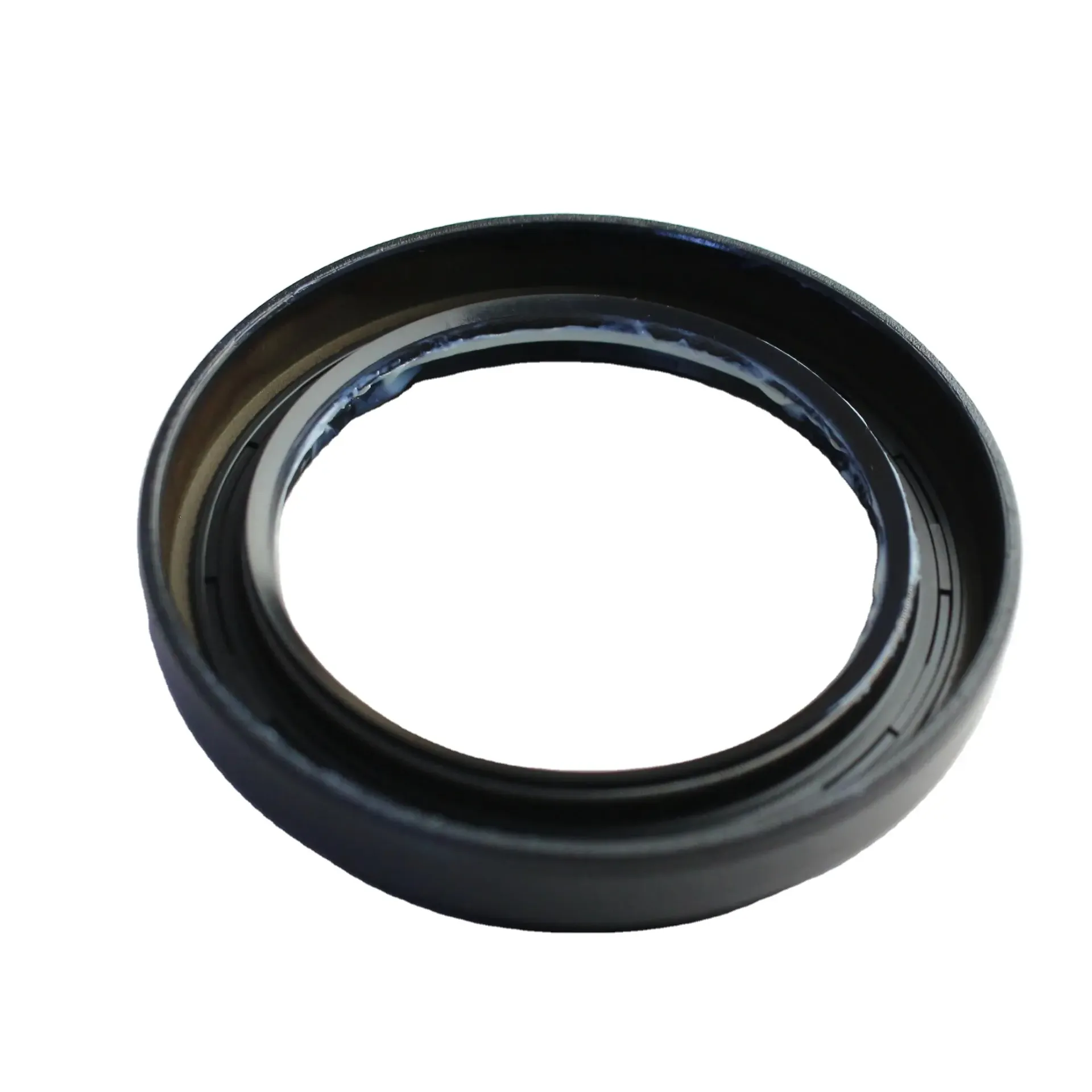steering gear box seal
Understanding Steering Gear Box Seals Importance and Maintenance
The steering gear box is a crucial component of any vehicle’s steering system. It converts the rotational motion of the steering wheel into lateral movement of the wheels, allowing for precise control and responsiveness. As with any mechanical system, the steering gear box relies on seals to maintain its integrity and functionality. Among these seals, the steering gear box seal plays a vital role in ensuring that the steering system operates smoothly and efficiently.
What is a Steering Gear Box Seal?
A steering gear box seal is a type of sealing component designed to prevent leaks of lubricant and hydraulic fluid within the steering gear box. These seals are typically made from durable materials such as rubber or silicone, which are resistant to wear, temperature fluctuations, and exposure to automotive fluids. The primary function of the steering gear box seal is to create a barrier that keeps contaminants out and retains the necessary lubricants and hydraulic fluids, ensuring that the steering mechanism remains lubricated and functions optimally.
Importance of Steering Gear Box Seals
The steering gear box seal plays several critical roles in maintaining vehicle performance and safety
1. Fluid Retention The seal helps to retain power steering fluid within the gear box. This fluid is essential for providing the needed hydraulic pressure that allows for smooth steering input. A compromised seal can lead to fluid leaks, resulting in inadequate steering response and potentially dangerous driving conditions.
2. Contaminant Protection The seal acts as a barrier against dirt, dust, and debris that can enter the steering gear box. Contaminants can cause wear and damage to the gears and internal components, leading to premature failure and costly repairs.
steering gear box seal

3. Extended Component Life By preventing fluid leaks and blocking contaminants, the steering gear box seal contributes to the longevity of the entire steering system. Regular maintenance and prompt seal replacement can extend the life of not only the seal itself but also the gear box and related components.
Signs of a Failing Steering Gear Box Seal
Understanding the warning signs of a failing steering gear box seal is essential for vehicle owners. Some common indicators include
- Fluid Leaks If you notice fluid pooling under your vehicle, especially near the front wheels, this may indicate a leaking steering gear box seal. - Difficulty Steering A worn or damaged seal can lead to a loss of hydraulic pressure, making it difficult to turn the steering wheel or causing it to feel stiff and unresponsive. - Unusual Noises Grinding or whining noises when steering may be a sign of insufficient lubrication due to fluid loss, often linked to a failing seal. Maintenance and Replacement
To ensure the longevity and effectiveness of steering gear box seals, regular maintenance is essential. This includes
1. Routine Inspections Regularly checking for fluid leaks and signs of wear can help catch problems early. 2. Fluid Changes Following the manufacturer's recommendations for changing power steering fluid can help maintain system performance and reduce wear on seals. 3. Prompt Replacement If a seal shows signs of wear, it is crucial to replace it promptly to avoid more extensive damage to the steering gear box.
Conclusion
The steering gear box seal is a small but vital component within the larger steering system of a vehicle. Its role in fluid retention and protection against contaminants is essential for safe and responsive driving. Recognizing the signs of a failing seal and prioritizing regular maintenance can help vehicle owners enjoy a reliable steering system throughout the life of their vehicle. By understanding the importance of steering gear box seals, drivers can take proactive steps to ensure their safety on the road.
-
Understanding the Front Main Engine Seal: Purpose, Maintenance, and Installation
News Jul.29,2025
-
Understanding O-Rings and Seal Rings: Types, Applications, and Custom Solutions
News Jul.29,2025
-
Understanding Crankshaft Oil Seals: Rear Seals, Pulley Seals, and Their Role in Engine Integrity
News Jul.29,2025
-
The Importance of Front and Rear Crankshaft Seals in Engine Performance and Oil Management
News Jul.29,2025
-
Crank Oil Seals: Functions, Types, and Cost Considerations in Engine Maintenance
News Jul.29,2025
-
A Comprehensive Guide to O-Rings and Seals: Types, Materials, and Global Applications
News Jul.29,2025
-
Mastering Diesel and Performance Engine Maintenance: A Guide to Critical Oil Gaskets
News Jul.28,2025
Products categories















